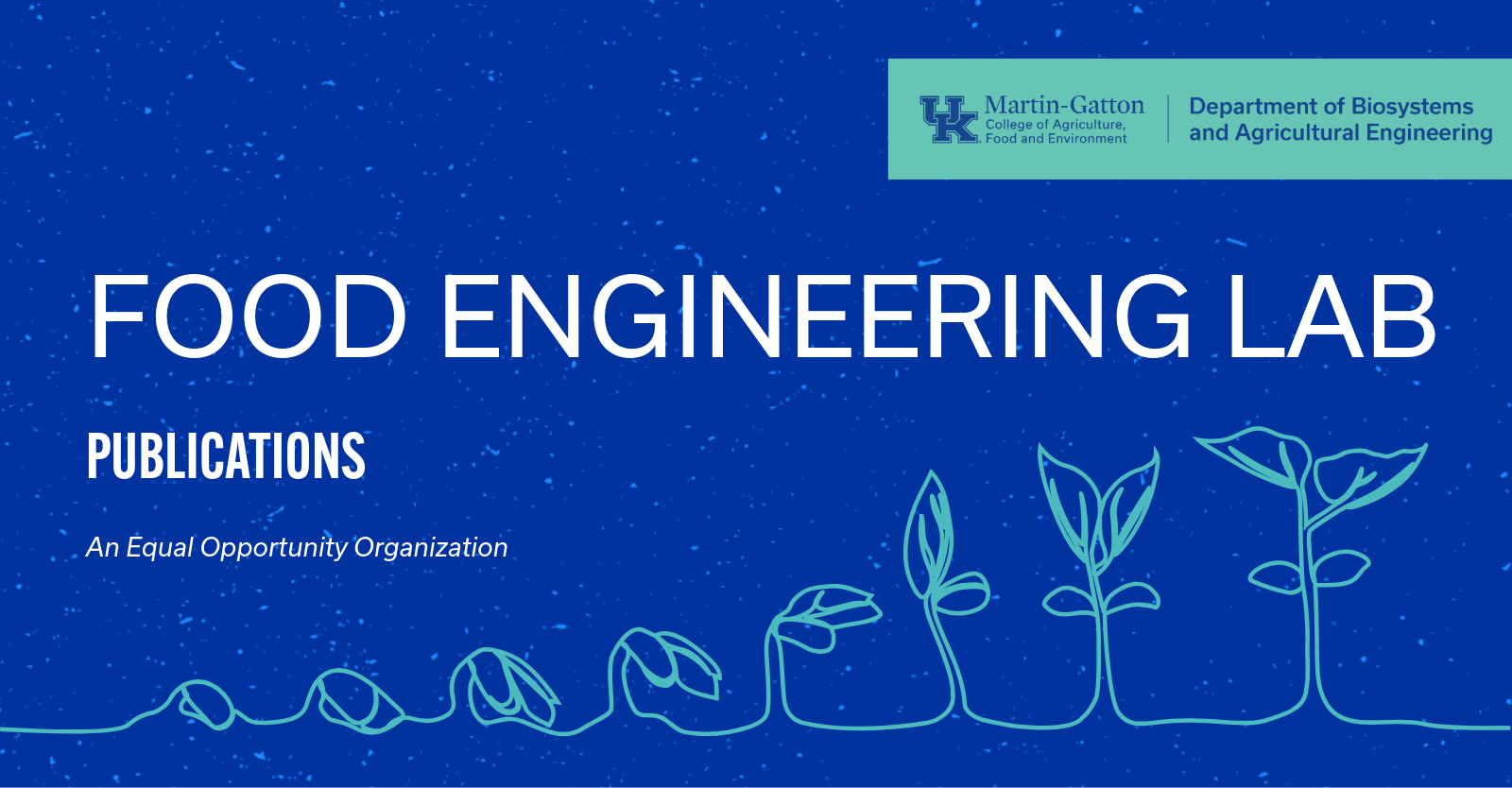A molecular dynamic modeling and in silico analysis approach to three-dimensional structure of glutelin type-B 5-like proteins from proso millet: effects of temperature and electric field
A molecular dynamic modeling and in silico analysis approach to three-dimensional structure of glutelin type-B 5-like proteins from proso millet: effects of temperature and electric field
Published on July 17, 2025

Abstract
Aim: Protein structure-function relationship understanding is very important to the study of protein chemistry. In this study, we determined the 3D structure of glutelin type-B 5-like (GTB) protein from proso millet and investigated the effects of simulated temperature and static electric field on GTB protein’s secondary structures, solvent accessibility surface area (SASA), the radius of gyration (Rg), root mean square deviation (RMSD), and total dipole moment with the view to elucidate its structural behavior under different simulated processing stresses.
Methods: This study leveraged homology modeling to determine the 3D structure of the GTB protein from proso millet. We further explored in silico modeling using molecular dynamic modeling tools to study the behavior of the GTB protein structure under simulated temperatures and static electric field processing stresses.
Results: The 3D protein structure of GTB is majorly a protomer that comprises three monomers with one jelly-like β-barrel and two extended helix domains, and the remaining 35% as coils. From the molecular dynamic simulation, the secondary structure of the protein was not disrupted at temperatures between 300–400 K and static electric fields between 0.1–3 V/nm, albeit with the loss of a few amino acid residues. The RMSD increased significantly with temperature, static electric field, and simulation time increase. However, the Rg and SASA decreased for the same conditions, suggesting that the protein structure is compacting during thermal and electrical treatment.
Conclusions: We concluded that low levels of simulated temperature and low levels of the electric field may cause a temporary reversible conformational change of GTB protein, not enough to cause a major disruption as may be expected during empirical processing of protein. To achieve greater disruption that would mimic protein denaturation, there is a need for in silico study of protein molecules under more aggressive simulated stressors for a longer time, and consideration given to protein structure development from AlphaFold3.
Authors
Felix Akharume, Ashutosh Singh, Konstantin V. Korotkov, Akinbode Adedeji
